
![Breathless | film by Godard [1960] | Britannica](https://cdn.britannica.com/42/180942-050-694642C7/works-Jean-Luc-Godard-one-Breathless-Jean-Seberg.jpg)

![Breathless | film by Godard [1960] | Britannica](https://cdn.britannica.com/42/180942-050-694642C7/works-Jean-Luc-Godard-one-Breathless-Jean-Seberg.jpg)
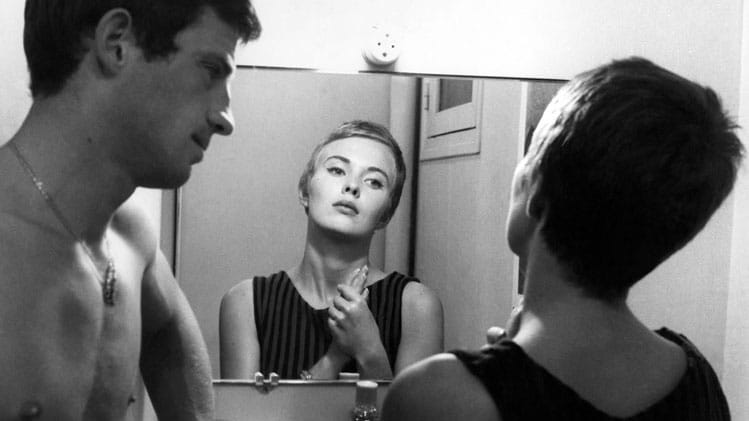
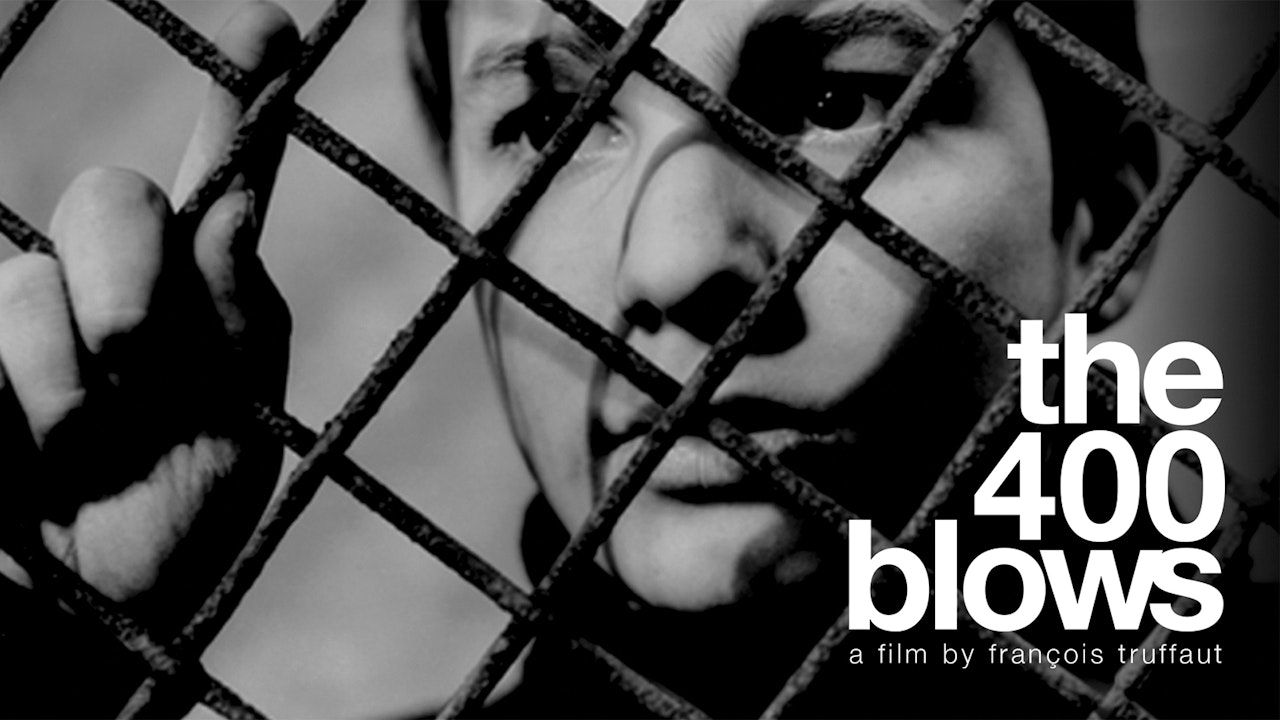



‘Create a blog post highlighting the key narrative and technical conventions of the French New Wave approach to film making. Talk about the difference between the left and right bank approach.’
——————–
There are many key narrative and technical conventions of the French New Wave approach to film making.
The narrative in French New Wave tends to be improvised or written as if it were unscripted which can make it sound almost absurd due to the randomness of it. Along with that, it doesn’t tend to be necessary to the plot as it usually leans away from the films story.
French New Wave tends to use a variety of experimental techniques when filming such as focusing on the character’s emotion through the use of a long shot rather than using a shot reverse shot when filming dialogue, focusing more on aesthetic instead of advancing the plot. It also tends to lack establishing & master shots, allowing the viewer to focus on the characters more than the scene itself as the French New Wave typically uses the left bank approach [they were more focused on expressing film as an art rather than creating films for the sake of creating films.]
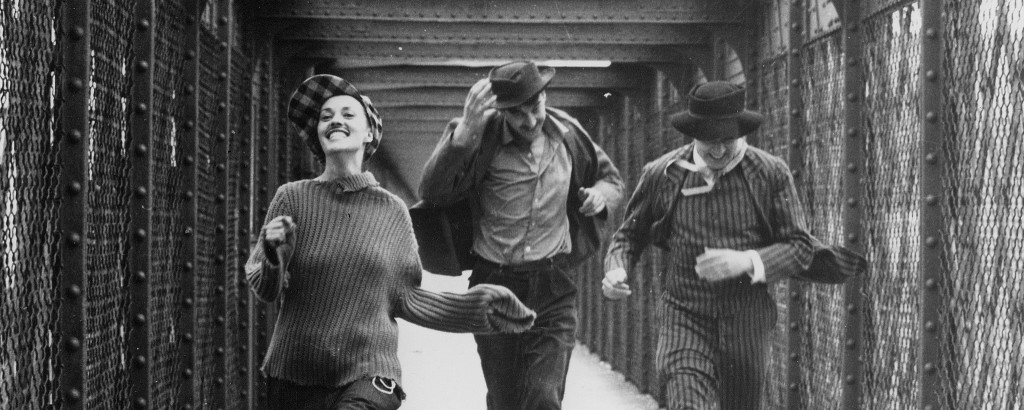
Rythmic Montage- Shaun of the Dead (Wright, 2004)
Here Wright uses rythmic montage, in a scene reminiscent of heist plans in other films. https://youtu.be/dpCe36t6oC4
Over-tonal Montage- The Godfather (Coppola, 1972)
Here Coppola uses Over-tonal montage, using timing, rythm and lighting to create implications and connections for the audience to see. https://youtu.be/1CDlBLvc3YE
Tonal Montage- Parasite (Bong, 2019)
Here Bong uses Tonal montage to show the family’s plan as it is being carried out. https://youtu.be/NfnUxezKcu0
The Rise of the Soviet Union (1917-1953)-
The Soviet Union was formed in 1917, as a result of a revolution to bring power from the Russian royal family back to the people. In 1905, Emperor Nicholas II established a parliament, giving the Russian people the ability to vote. Over WW1, the people of Russia began to despise Tsarism even more, despite Russia producing more than enough food to feed its people, food shortages began due to disorganisation and transportation issues. In 1917, as a result of the economic hardships, there was a mutiny in Petrograd and the fire of revolution spread to industrial areas. The Tsar and his wife stood down, leading to the formation of the All Russian Soviet- who claimed to stand for the rights of the common people. A power struggle began in 1924, following the death of Vladimir Lenin, leading to Stalin’s rise in power. There was a push towards industrialism, increasing Russia’s manufacturing power. Over the years, millions of people were imprisoned or executed because the government saw them as a threat. During the 1940’s, the USSR began to establish communism in other eastern European countries.

The Soviet Union was a time of fear and instability and the government used the power of film to bring some piece of mind to the people. Similar to UFA, they established brought all of the film studios together into a government-run organisation. Films made by them were propaganda, promoting communist values and focusing on the working class fighting against the corrupted elite. The government also had free reign to censor messages that went against their beliefs. There was a period of time where Russian filmmakers had a shortage of filmstock, leading to them studying and experimenting with already existing films in order to create new content.
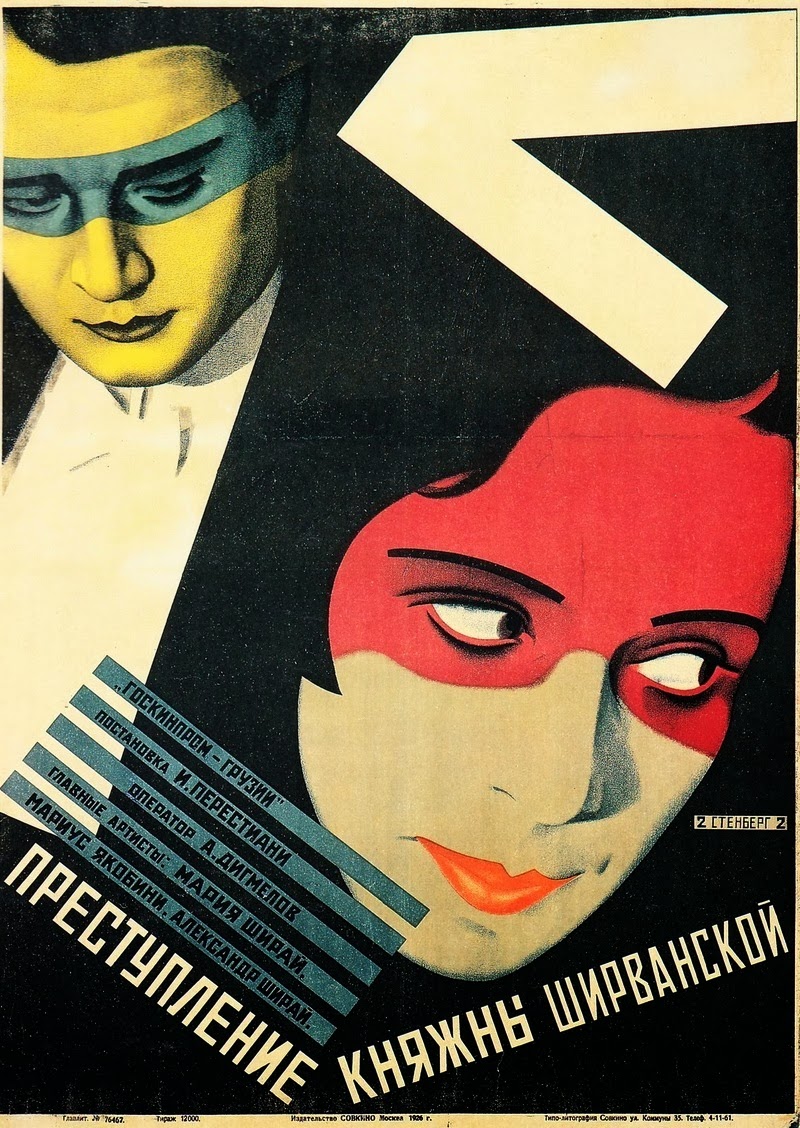
The Soviet Fine Art Movement-
Constructivist art often consists of abstract geometric shades and intense colours, often inspired by machinery and feats of engineering. It was frowned upon to look at and create art of natural things or people in fear it would be “bourgeois”, Constructivist art is also a result of a cultural shift where artists were being seen less as creatives and more like workers, creating art that has to serve a purpose or function in society.
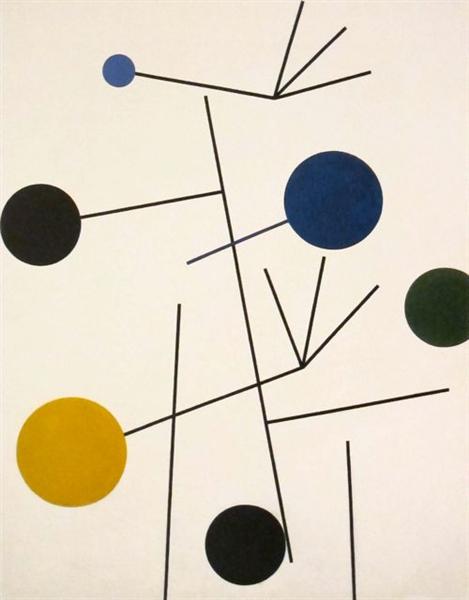
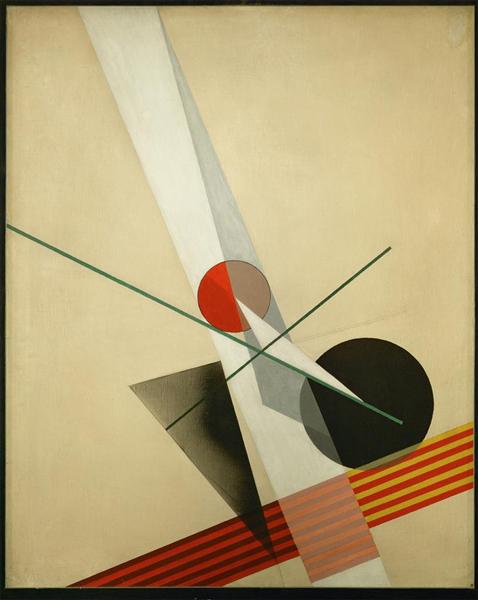
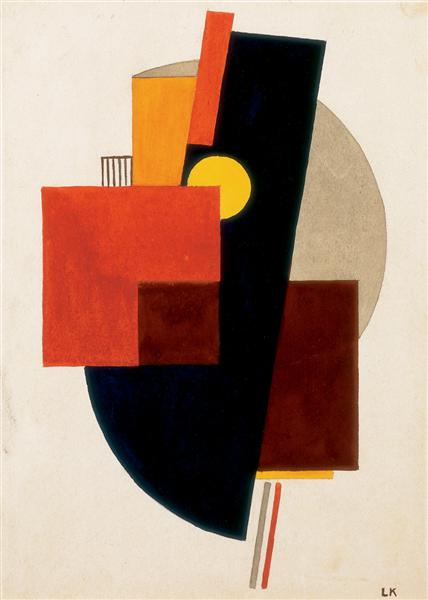
VGIK-
The VGIK (now known as the Gerasimov Institute) is now a Russian University that specialises in Film courses, including acting, screenwriting, cinematography and directing. These courses are even open to international students, allowing many people to study the style of Russian filmmaking.

Classic Soviet Constructivist Film-
Fragment of an Empire- Ermler (1929)

Miss Mend- Ozep, Barnet (1926)

Turksib- Turin (1929)




2 classic new wave films are:
Cleo From 5 to 7 [Varda, 1960]


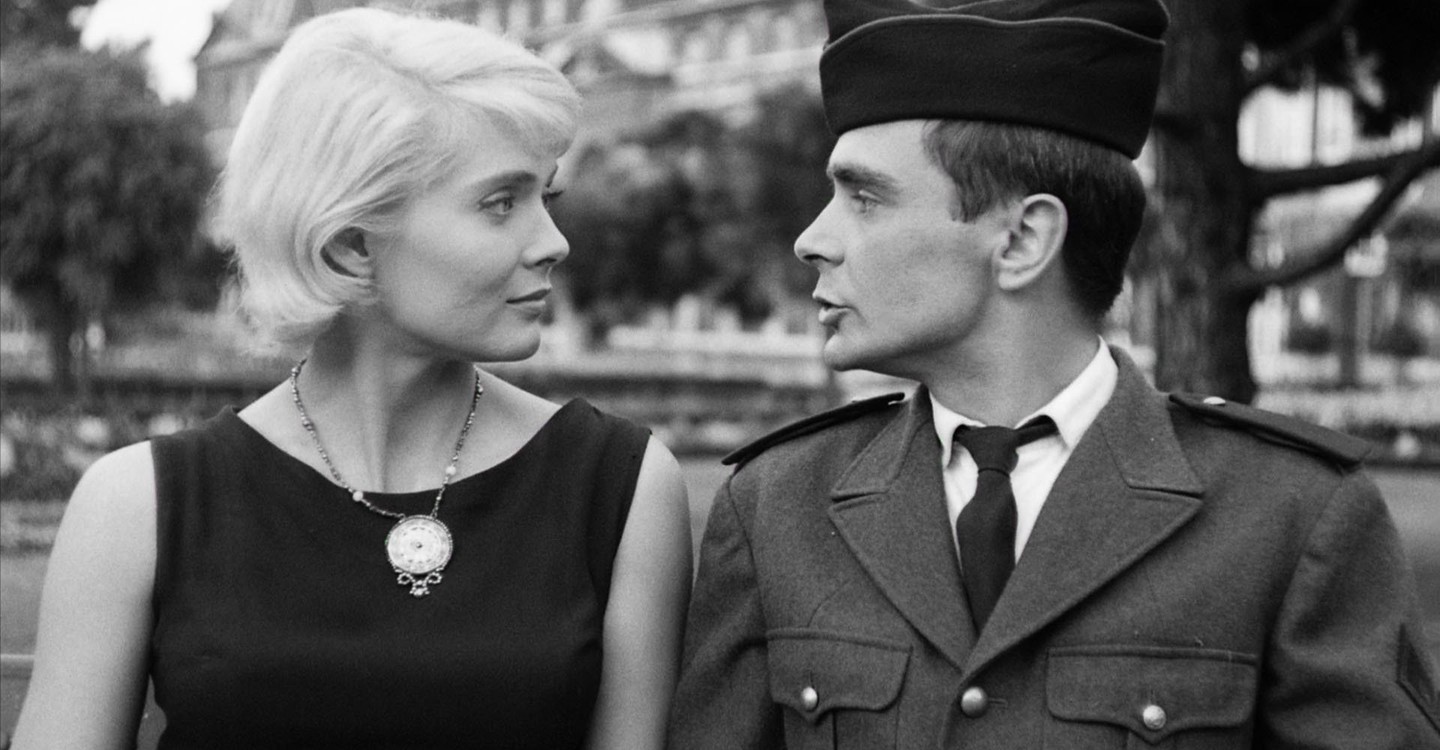
Adieu Philippine [Rozier, 1962]
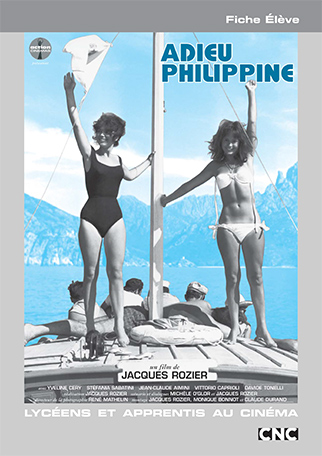


‘Explain how the political, social and economic upheaval created by the aftermath of both the Russian Revolution and WW1 affected the production and content of classic Soviet Constructivist Cinema.’
Before WW1, 90% of film productions shown in Russia were from abroad which caused film production in Russia to increase throughout the war [129 short + mid length films in 1913 rose to 500 in 1916]. However, due to this producers began to run out of film stock and cinemas had to follow a stricter censorship than they had to before the war – military authorities also having to monitor film sets and authorize imported films and distribution of films as there would be public uproars if they watched German films.
However, there was a massive decrease in film production from 1917 onwards which was made even worse when the economy collapsed in 1921 as Vladimir Lenin realized film could be used for quickly spreading propaganda, causing the Russian government to prioritize film production. Unfortunately, a lot of pre-revolutionary producers had already fled Russia, taking their film stock and smashing their studios, preventing the production of films. Russia couldn’t import new equipment or stock which eventually led them to create VGIK, a professional film school, in order to train people for cinema.

Breathless (Jean-Luc Godard, 1960)



Hiroshima, Mon Amour (Alan Resnais, 1959)

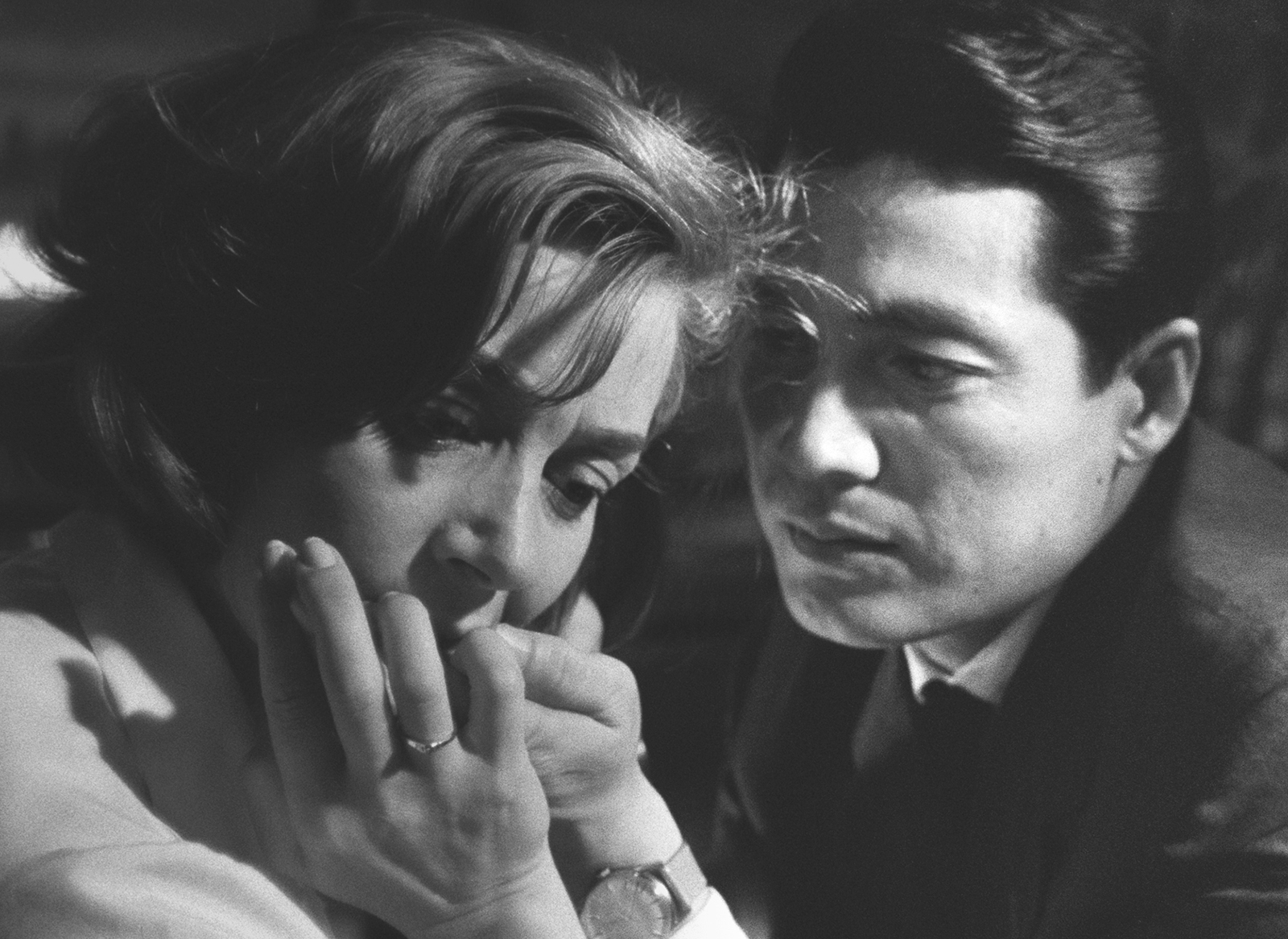
Paris Belongs to Us (Jacques Rivette, 1961)


